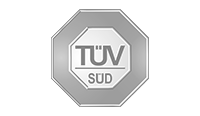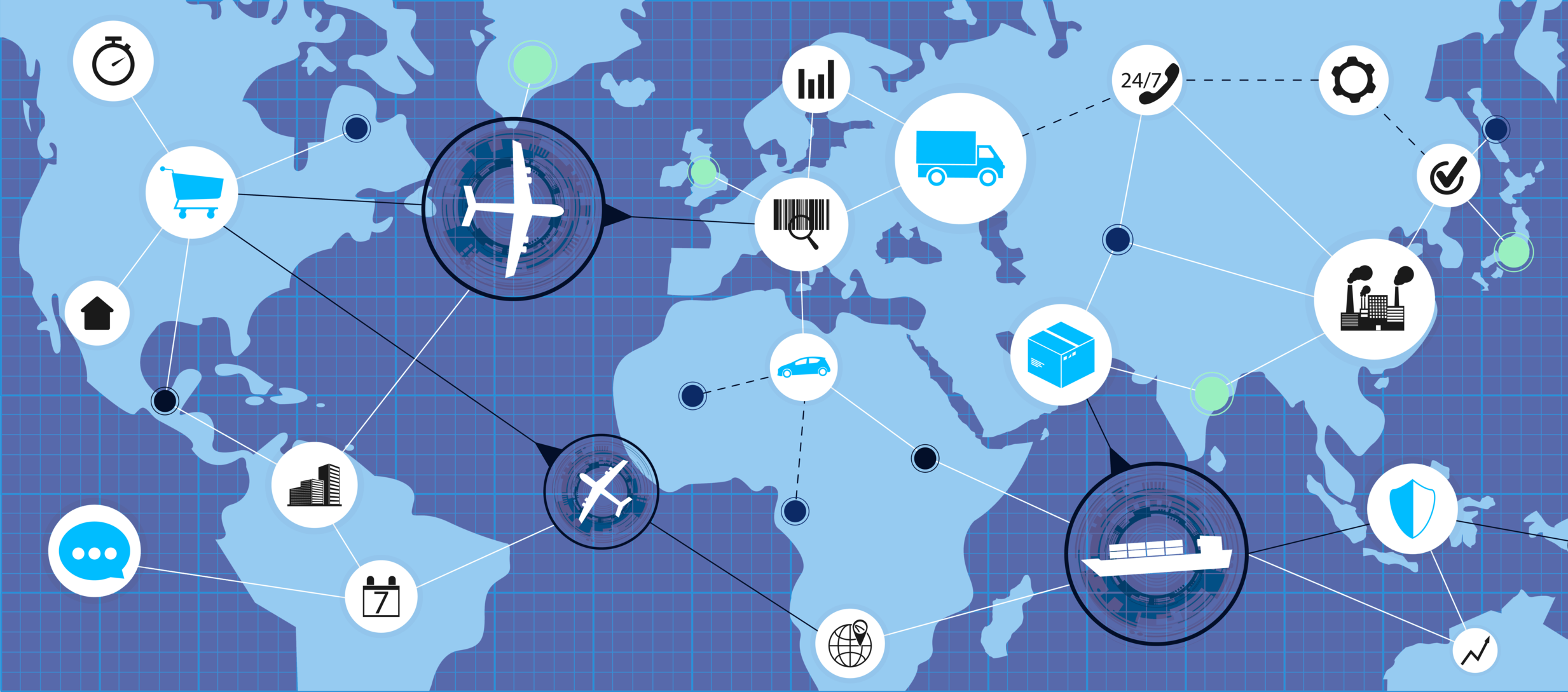Request a Demo
Trusted by leading brands, retailers, manufacturers and service providers across industries such as:
















Before we get into the details, let’s take a high-level look at all the components and processes in the majority of supply chains. They are:
We’ll cover each of these and explain:
Businesses need to understand what the likely demand will be for their products, how quickly their suppliers can make those products, and how long it will take to receive and store them. This is because there are often long “lead times” between initially placing an order for an item and having it ready to sell to a customer. This first part of the supply chain means businesses can balance supply and demand, and plan ahead.
The main processes in this area are:
The main purpose and impact of this area are to ensure products are available where and when consumers want them. Businesses can only achieve this through strong forward planning that orders products well ahead of when they will be needed. Ths planning and forecasting are shared with product development and procurement to ensure that products are designed and ordered ahead of when they will be needed. Getting this wrong means that retailers run out of stock, resulting in lower availability, customer frustration, and lost profits.
Businesses want to bring new products to market that innovate, satisfy consumer needs, and stay ahead of the competition. The product design and development framework provides a clear path for taking an idea from the original concept, through prototyping, and into production. New product designs can take account of real-world constraints and choices, creating a positive change in consumers’ lives.
The main processes in this area are:
Product design and development is the innovation engine behind a product-focused business. It allows companies to scale up their presence in existing marketplaces and expand into new ones. This keeps them competitive and front-of-mind with consumers, as new products meet ever-changing needs in the real world. Once products are developed, these requirements can feed into the ordering and procurement processes. Getting this wrong means a company becomes a laggard, vulnerable to disruption from smaller, more agile competitors.
Once a company knows the types of products it needs to purchase, and what the demand is likely to be, it’s time for sourcing and procurement. This ensures the company’s intent and requirement to purchase items is captured and sent to suppliers, manufacturers, and others. The ordering process is the vital step between “this is something we need” to “this is something we’re requiring others to make.”
The main processes in this area are:
This area turns a company’s desire and requirements for products into an agreement with suppliers and manufacturers that they will make those products. It allows a business to find suppliers that are “fit-for-purpose” and ensures they assign time, resources, and raw materials to producing the required products, and guarantees payment for receiving those products. This is a necessary prerequisite to manufacturing products.
Getting this wrong means that suppliers and manufacturers are not able to understand what they need to do, cannot meet their commitments, and results in unavailable stock. Examples of this include issues with shortages of lumber or semiconductors, which in turn become very expensive to source, resulting in shortages and higher consumer costs.
This is the part of the supply chain that turns ideas, orders, and raw materials into products that businesses can sell. From sourcing raw materials, through making parts, to producing finished goods, the supplier and manufacturing processes often contain dozens of mini supply chains of their own. “Making products” is one of the more obvious parts of the supply chain, but actually involves many interdependent processes:
This area makes the products that consumers buy. It takes the agreements and orders with suppliers and manufacturers and turns them into production runs that create physical goods. Getting this right means producing goods to business and consumer requirements—quickly, and to the appropriate quality and cost. Parts and finished products then move into the logistics and shipping process for onward distribution.
Getting it wrong results in products that are not fit for purpose, resulting in returns and refunds.
A large part of the supply chain is getting products from point A to point B, and that falls to logistics and shipping. Although the concept of moving goods by road, rail, air, or sea sounds simple, fast and efficient logistics requires many different processes working together:
Good logistics and shipping mean that products are available when and where consumers want to purchase them. This isn’t just about keeping the right inventory levels for goods, it also requires putting products in the right physical locations. Getting logistics right maximizes the availability of items and means consumers don’t need to wait to receive them.
Getting it wrong results in there being too much or too little stock for consumer needs. A good example of this is the Suez Canal blockage, which disrupted the flow of goods for several weeks.
The final step in the supply chain is to sell the goods to consumers. This means getting the products from the warehouse into stores or directly to consumer’s addresses, typically known as “Last Mile Distribution.” Once the goods are available, a point of sale process collects money from consumers in exchange for the products.
Processes include:
Distribution and point of sale are about meeting consumer needs. Distribution gets the products into their hands in a fast and cost-effective way, while point of sale ensures that product demand data is properly incorporated into future forecasting and ordering processes. Getting this right leaves consumers satisfied, through a business providing high-quality goods at an appropriate price, when the consumer wants them—and ensures those products will be available in the future. Getting it wrong risks creating frustration or perception of low value for money.
Sustainability and protecting the environment are increasingly critical areas for every supply chain and cover several different areas, including:
Consumers are becoming much more conscious of where their products are coming from, and are increasingly voting with their wallets. An efficient supply chain helps stakeholders and managers to focus on sustainability and reduce their impact. Greater insight into emissions and sourcing means your supply chain ecosystem can focus on green initiatives that drive better environmental and sustainability initiatives.
These include:
Bringing these areas together means you can proactively reduce your impact and demonstrate your successes to end customers.
The impacts of the various parts of the supply chain highlight just how mission-critical every aspect is. The complex, global, and interdependent nature of the supply chain ecosystem means every part has to work in harmony with others, across multiple functions, partners, businesses, and stakeholders.
Supply chain failures have a huge impact on public perception and profitability, whether it’s empty shelves of toilet paper, gasoline shortages due to hacked pipelines, waiting months for a Playstation 5, or the increased costs of building a home due to scarcity in lumber and construction equipment. Every business needs to have a robust, resilient supply chain infrastructure that highlights problems and allows for rapid replanning in a changing world.
Putting SCM first makes sense:
Focusing on the supply chain lets you drive down costs, maximize efficiency, deliver high-quality goods, and manages consumer expectations.
To learn more about how your supply chain can benefit, please see: